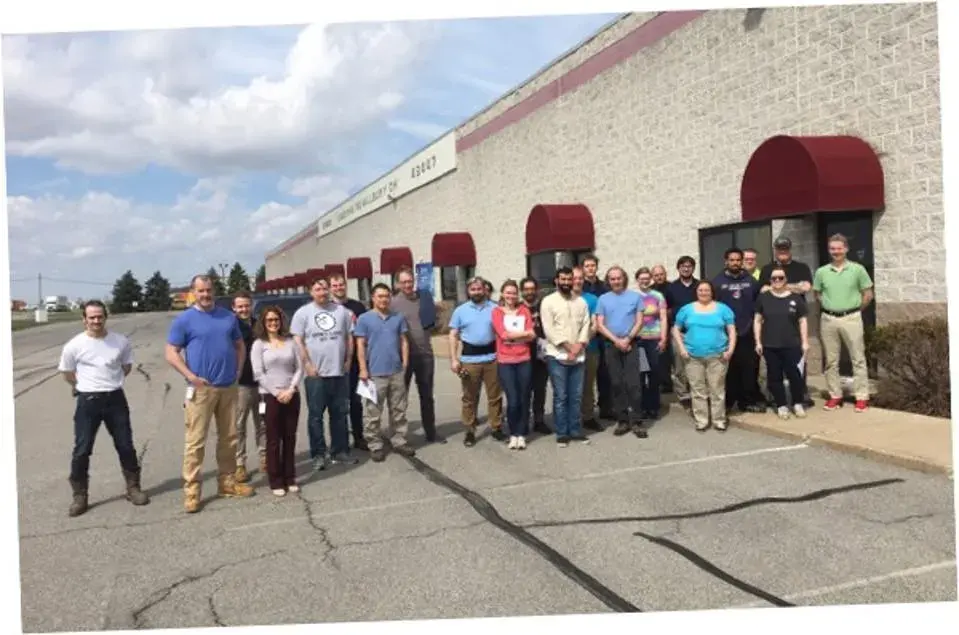Formlabs Announces Expansions Of Its Dental 3-D Printing Offerings
- jim213836
- Sep 22, 2024
- 4 min read
When it comes to showcasing the vast potential of 3D-printing technologies, the dental market has been at the forefront. Where many applications are only just seeing their first tentative use cases for 3D-printed finished components, the dental devices market is well along in the production of final parts. For example, in dental aligners alone—the clear plastic form-fitted versions of braces—tens of millions of final products have already been 3D-printed.
With two separate announcements today, Formlabs Inc. of Somerville, Massachusetts, has highlighted a dramatic expansion of their existing dental business. The company has announced their creation of Formlabs Dental, a separate dental business unit centered around their new Form 3B printer and platform, which will provide more focused support and services for their already-robust business in such products as models for crowns, aligners and diagnostics, surgical guides and complete dentures. Simultaneously, they’ve also announced the acquisition of Spectra Group Photopolymers LLC, the primary supplier for the Formlabs library of proprietary resin materials. Formlabs intends to invest in modifying the Spectra Group facility for the production of biocompatible materials.
According to a survey by the Key Group, Formlabs already had the largest installed base of 3D printers across small, medium and large dental labs. Their most recent news indicates strong continued support for their plans for accelerating growth in that part of their business. “Today’s announcement is a further validation of Formlabs’ continued commitment to the dental market,” said Stephan Kreimer, Manager at Kreimer Dentallabor GmbH & Co. KG, a medical devices company in Warendorf, Germany. “The new Form 3B, Surgical Guide Resin and Dental Service Plan empower users to expand upon their current workflows to become digital.” Implants alone are about a $4 billion market globally, with annual growth at around 8%, so the opportunity across all the markets for devices that 3D printing can potentially produce is huge.
Formlabs was founded in 2011, having grown out of stereolithography work by three students at the Media Lab at MIT. “Our goal was to make a professional desktop 3D printer,” said Dávid Lakatos, the company’s chief production officer. “At that time, if you were an engineer at Apple or Tesla and wanted a 3D printer, you were stuck between either buying a cheap starter machine or spending huge sums of money for commercial equipment.” After a wildly successful Kickstarter campaign that raised about $3 million (making the company one of the largest crowdfunding stories ever), the company has been through seven more funding rounds, raising a total of nearly $104 million. Formlabs today has about 550 employees and seven offices around the world. They’ve sold about 55,000 printers to date. “We have one of the largest installed bases,” Lakatos said.
The dental business is just one excellent fit for a core philosophy Formlabs is promoting, that of moving manufacturing closer to the end user. “What 3D printing allows is a truly distributed manufacturing model,” said Lakatos. “You go to your dentist’s office and they take a 3-D scan. It’s a nearby dental lab that actually makes the part – and that lab can serve hundreds of dentists. It dramatically shortens lead times. That can work for lots of other products too. Just imagine 3D printers in Amazon warehouses all over the country—that could be a huge breakthrough.”
Mass customization is another business model Formlabs is supporting heavily across all its business areas. They’re currently partnered with New Balance for a customized resin and 3D-printed designs for the soles of their breakthrough new TripleCell running shoes. But Lakatos sees a lot more in the future. “When I think about New Balance, we started with two shoes, but there are many more to come,” he said. “Eventually I want to be able to connect demand from customers from the week before into shoes they’re making today, and dramatically shorten the time from idea to shelf.”
An even more individually customized product opportunity is headphones. “Amazon probably makes millions of those a year,” explained Lakatos. “They’ve got a company in China that makes the electronics, and maybe a more local manufacturer that makes the case. But for a custom-fitted earpiece, you could get a local scan, submit your file, and have a local company print your customized parts and do the final assembly.”
Today mass customization is focused on high-value products. Lakatos sees 3D printing enabling the customization of lower-value goods over time. “A mass-customized shoe would be high-value,” he said. “But we’re enabling our printers to make even very complex parts cheaply. Now, some people think 3D printing will replace injection molding, where you’re making thousands of parts at a time extremely cheaply. There’s no need to replace that. But we definitely see taking 3D-printing production from where it is today, on high- or medium-end products, down to lower-value things like customized earbuds or sunglasses.”
As Formlabs continues to pursue growth in all its business areas, though, today’s announcements have put the focus strongly on their dental product and support offerings for now. “Since launching the Form 2 [printer], 3-D printing adoption within the dental industry has increased significantly,” said Dr. Jay Burton, DMD, M.B.A., Board Certified Orthodontist at SmileMaker Orthodontics. “By bringing down the cost for entry, Formlabs revolutionized the dental market. ... The incredibly accurate Form 3B produces crisp and consistent dental parts and the Dental Service Plan provides the confidence to go digital.”
This article was edited to change the product opportunity in the seventh paragraph from hearing aids to headphones.









Comments